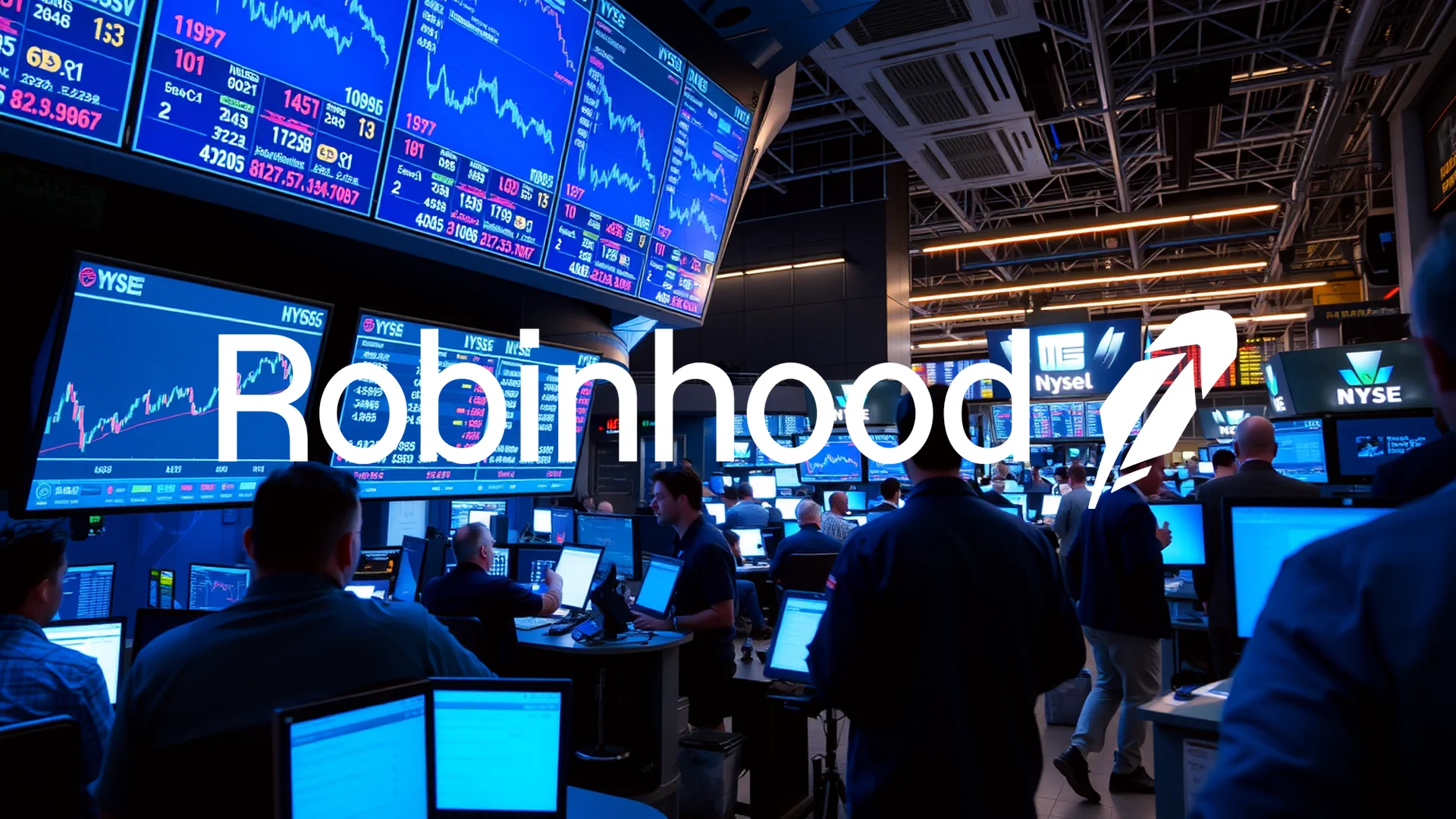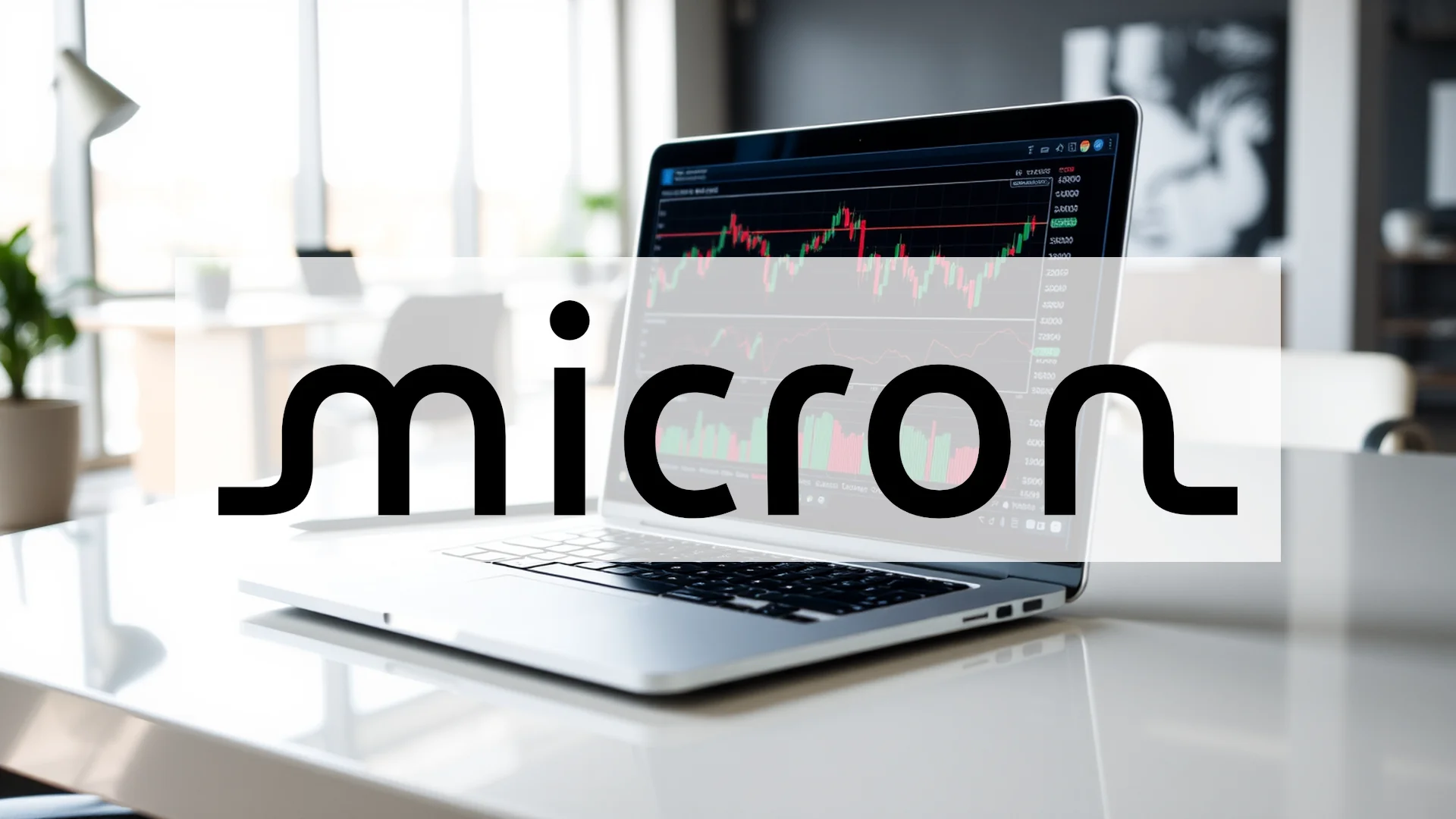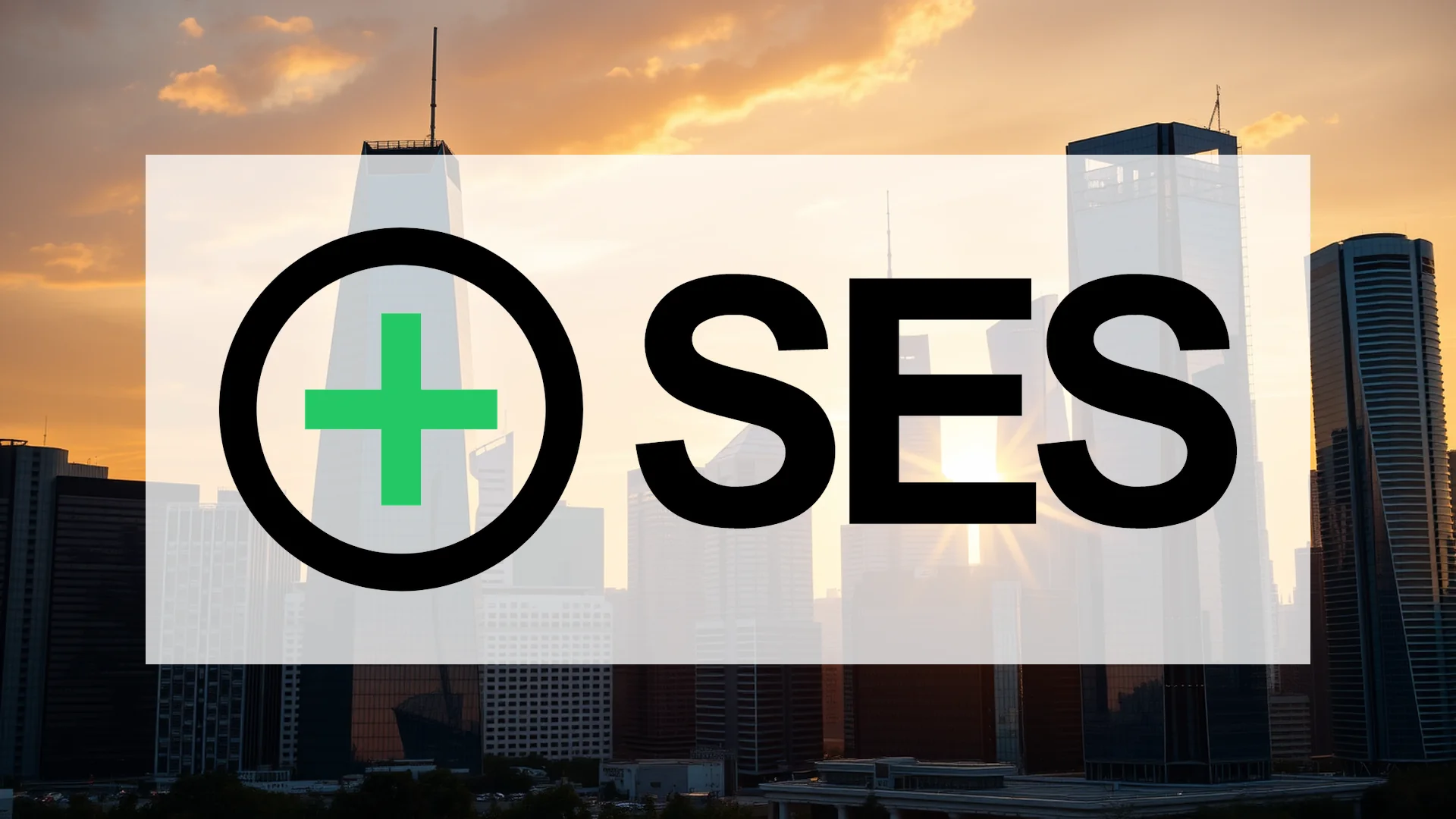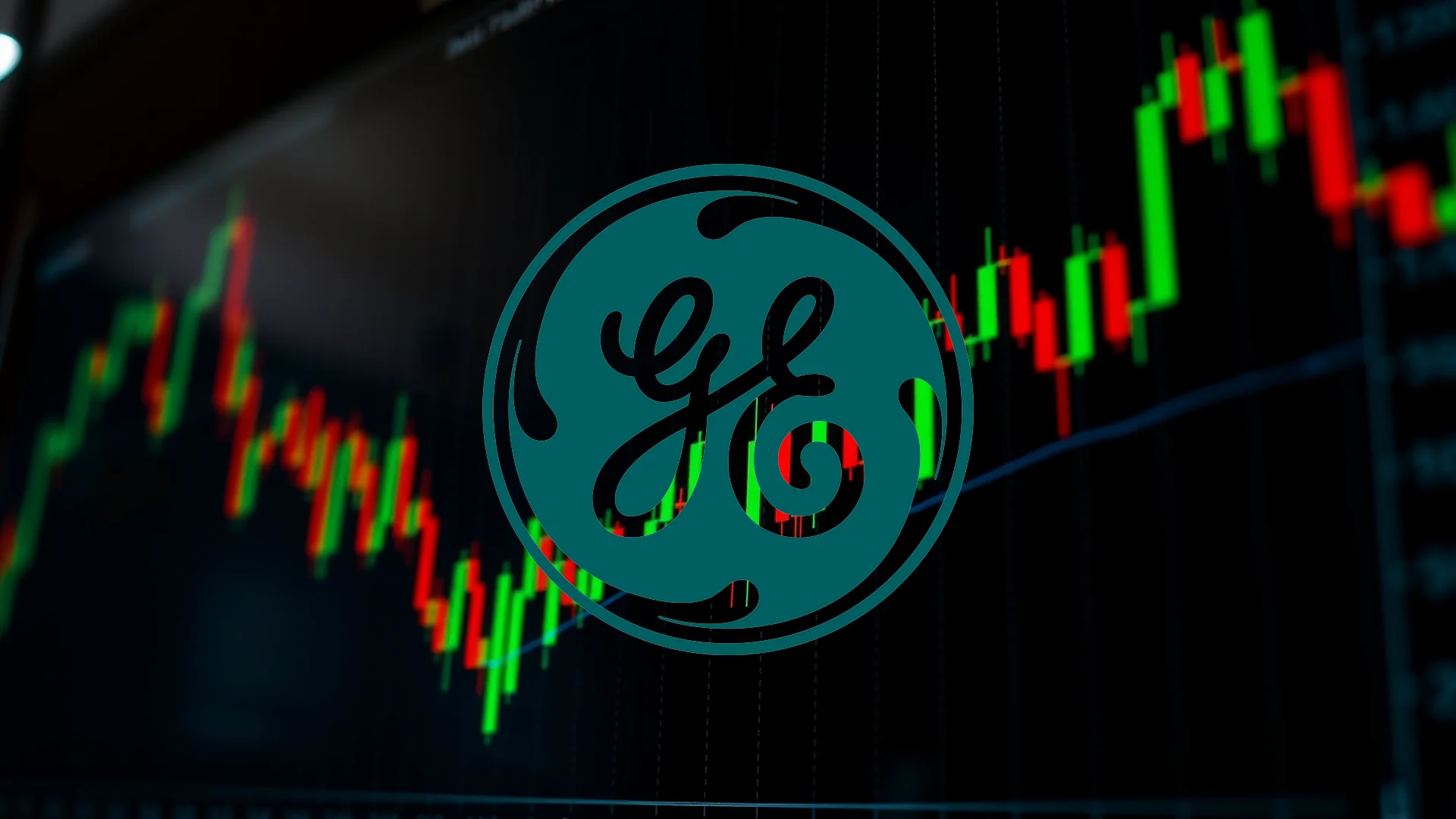The inclusion of Robinhood Markets in the S&P 500 index has unleashed a powerful market reaction that has taken Wall Street observers by surprise. Following its official entry on September 22, the trading pioneer’s shares have experienced a dramatic ascent, prompting a flurry of increasingly bullish price target upgrades from financial analysts. This remarkable performance raises key questions about the sustainability of its new status within the prestigious index.
Analyst Optimism Reaches Fever Pitch
The market’s enthusiasm is reflected in a series of significant price target increases announced within a single week:
- Citigroup raised its target to $135, up from a previous $120.
- Piper Sandler set an even higher bar, lifting its target to $140 from $120.
- Bernstein SocGen maintained the most ambitious forecast of $160.
Analysts are particularly impressed by the growth of new business segments. Piper Sandler’s Patrick Moley highlighted the potential of Prediction Markets, an area already generating approximately $200 million in revenue. This diversification is proving to be a major asset.
Index Inclusion Drives Institutional Demand
Beyond being a symbolic achievement, the S&P 500 listing had a direct and forceful impact on Robinhood’s stock. The move triggered mandatory buying from index funds and ETFs that track the benchmark, creating a wave of institutional demand. This propelled the share price toward its 52-week high and further cemented the platform’s transition from a “meme-stock” hub to a established financial services provider.
The company’s evolution is notable. It has successfully transformed from a basic trading application into a diversified financial group catering to a tech-savvy generation of investors.
Should investors sell immediately? Or is it worth buying Robinhood?
New Revenue Streams Show Strong Momentum
A strategic shift away from reliance on transaction-based income is paying dividends. The proportion of total revenue derived from transaction fees has decreased significantly, from 75% in 2021 to around 54% in the first half of 2025.
Sports betting and prediction markets are emerging as a powerful growth engine. The partnership with Kalshi, a contract exchange, is heading toward record volumes, fueled by booming NFL and NCAA football prediction markets. Furthermore, the Robinhood Gold premium service, costing $5 monthly, now boasts 3.5 million paying subscribers. The associated credit card has been so popular that 300,000 have already been issued, with demand exceeding supply and a waiting list in place.
Global Ambitions and Underlying Risks
Robinhood is accelerating its international expansion through strategic acquisitions. The purchase of Luxembourg-based Bitstamp provides a gateway to the European cryptocurrency market, while the acquisition of Canada’s WonderFi Technologies is pending. Through MiCA licenses, the company could soon offer crypto services across 27 European nations.
Despite the current euphoria, risks remain. Regulatory challenges persist, as evidenced by a $45 million penalty issued in January 2025. Furthermore, the stock’s valuation of 13.5x price-to-book ratio is substantially higher than the industry average of 2.37x, indicating that market expectations are exceptionally high. The upcoming quarterly results on October 28 will be a critical test of whether Robinhood can justify this premium and sustain its impressive momentum.
Ad
Robinhood Stock: Buy or Sell?! New Robinhood Analysis from December 28 delivers the answer:
The latest Robinhood figures speak for themselves: Urgent action needed for Robinhood investors. Is it worth buying or should you sell? Find out what to do now in the current free analysis from December 28.
Robinhood: Buy or sell? Read more here...













